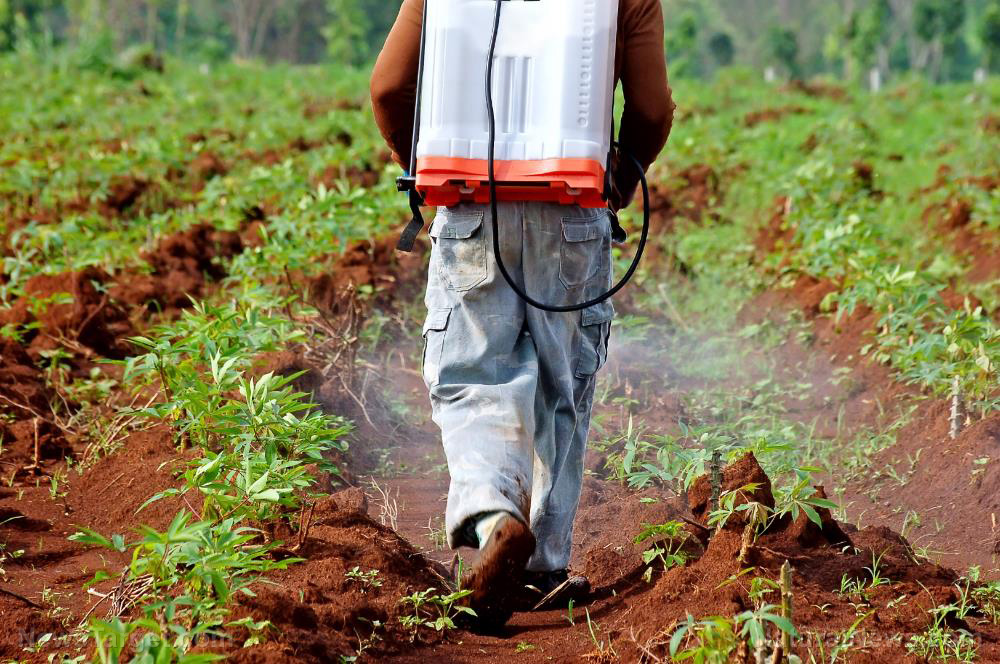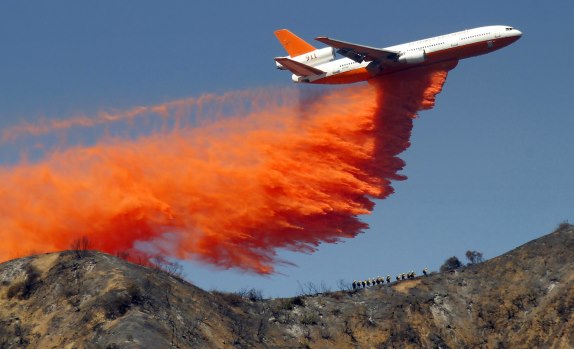Air pollution in northern China reducing life expectancy
09/09/2018 / By Frances Bloomfield

Though well-intentioned, a home heating policy in Northern China is actually taking several years off the lives of China’s residents, researchers claimed.
In a study that was published in the Proceedings of the National Academy of Sciences, the researchers focused on the Huai River policy, wherein northerners receive free coal during winter to power their indoor heating systems. They found that the long-term exposure to smog from the coal-powered burners was cutting down average lifespan of northerners by 3.1 years due to air pollution concentration being 46 percent higher compared to south China.
According to ScienceDaily.com, their findings suggest that every 10 micrograms per cubic meter of long-term smog particle exposure cuts down one’s life by 0.6 years. The national standard for particulate matter pollution is 35 mcg, yet the northern Beijing-Tianjin-Hebei region stood out with their average particulate matter pollution reaching as high as 69 mcg.
Moreover, the researchers also examined and compared the pollution and mortality data from 161 different cities between the years of 2004 and 2012. The higher death rates were attributed to cardio-respiratory illnesses such as lung cancer, stroke, and respiratory and heart diseases.
“These results greatly strengthen the case that long-term exposure to particulates [of] air pollution causes substantial reductions in life expectancy,” said Michael Greenstone, study co-author and director of the Energy Policy Institute at the University of Chicago. “They indicate that particulates are the greatest current environmental risk to human health, with the impact on life expectancy in many parts of the world similar to the effects of every man, woman, and child smoking cigarettes for several decades.”
Co-author Maigeng Zhou added: “Unveiling this important information helps build the case for policies that ultimately serve to improve the lives of the Chinese people and the lives of those globally who suffer from high levels of air pollution.” (Related: China’s industrial pollution now creating “second-hand smog” in California.)
What’s being done against China’s air pollution?
As China wages its own war against air pollution, the country is taking drastic steps in its efforts. Most recently, the country issued a ban on all major construction projects in Beijing during winter to curb its smog levels.
The ban will cover six of Beijing’s downtown districts and suburbs for a period of four months starting on Nov. 15, 2017. This means that road and water system construction and housing demolition work will be suspended until four months after November have passed, though “major livelihood projects” will be allowed to continue provided they can secure special permission from the Beijing Municipal Commission of Housing and Urban-Rural Development.
Moreover, Independent.co.uk reported that cement and casting factories across the nation have been ordered to cease production during the winter months; at the same time, steel plants in the province of Hebei will have to reduce their output by 50 percent.
The intensified endeavors against air pollution is most likely a response to the drop in air quality, which worsened during the first half of this year. Coal-fired power stations have been pegged as the cause behind the diminishing number of clean air days.
Fast facts about China’s air pollution
- The poor air quality of Beijing has given rise to the “Beijing Cough”, a unique health condition marked by persistent, dry coughing and throat tickling. These symptoms are said to disappear once the affected persons leave Beijing.
- An image taken in 2013 by the National Aeronautics and Space Administration (NASA) showed a 750-mile-wide cloud of smog hanging above Shanghai and Beijing and stretching over the East China Sea. A 2015 photo showed the haze lifting somewhat, though the air pollution situation has continued to be dire since then.
- The air pollution in China results in the deaths of 1.5 million people a year, or 4,400 people everyday.
- In 2015, a small percentage of China’s atmospheric pollution drifted across the Pacific and ended up at California’s coast.
Visit Environ.news to remain updated on the smog situation in China.
Sources include:
Tagged Under: cardiovascular health, China, Chinese smog, disease prevention, early death, environment, life expectancy, lung health, prevention, smog, toxins




















